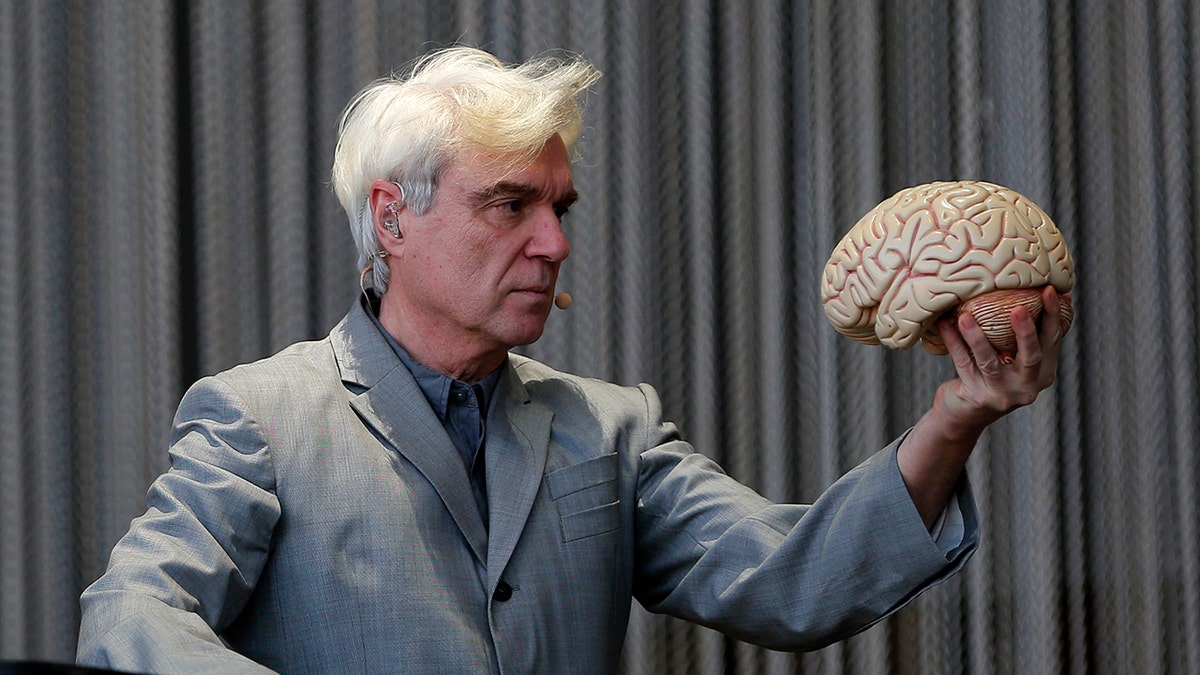
(Photo by Marcelo Hernandez/Getty Images)
According to a new study, researchers at Tufts University have now grown a 3D tissue model of the brain using human neurons, providing them with a better opportunity to study abnormal brain cells.
Though brain tissue cells have been cultured for years under laboratory conditions, this technique employs a three-dimensional scaffold of functional neural tissue.
"We found the right conditions to get the iPSCs to differentiate into a number of different neural subtypes, as well as astrocytes that support the growing neural networks," said David Kaplan from Tufts.
STEPHEN HAWKING'S CHILDREN AND COLLEAGUES DISCUSS PHYSICIST'S FINAL BOOK, LEGACY
Once these neurons were generated, they were then grown on scaffolds made of silk protein and collagen, allowing researchers to visualize the behavior of individual cells.
The Tufts study is significant as scientists can use cells from patients with Parkinson's, Alzheimer's and other diseases, to study how these conditions may respond to treatment.
"The growth of neural networks is sustained and very consistent in the 3D tissue models, whether we use cells from healthy individuals or cells from patients with Alzheimer's or Parkinson's disease," said William Cantley, an author of the study.
Given the challenges of studying abnormal human neural networks, finding ways to analyze brain cells grown in a setting as natural as possible is critical for research.
"That gives us a reliable platform to study different disease conditions and the ability to observe what happens to the cells over the long term,” Cantley added.
The research was published in ACS Biomaterials Science & Engineering.
Editor’s Note: An earlier version of this story said the research could lead to the growing of human brains. It does not provide the technology to do so, and that is not the goal of the research. We regret the error.




















